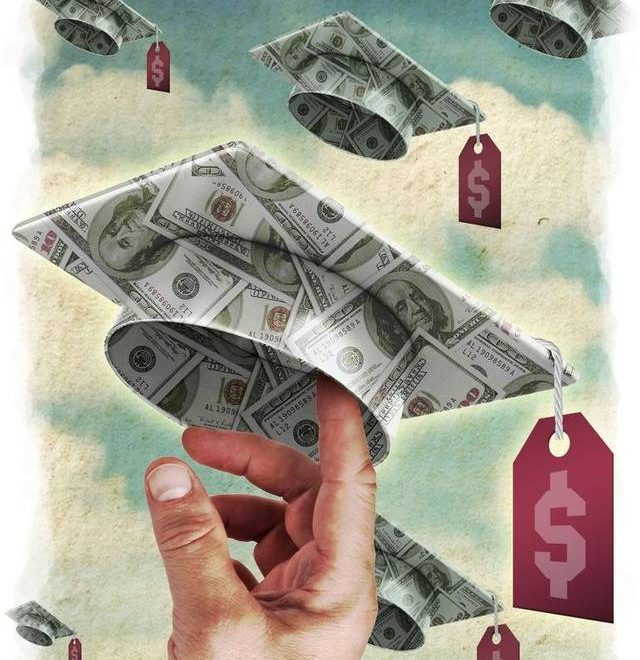
The things we don’t want to be associated with sometimes turn out to be very intriguing. I didn’t want to attend the public dialogue on higher education. But I was compelled to go by a very respectable elder. He cajoled and insisted that I attend. He even made me a panelist and a chair of one of the sessions. I was cornered into submission.
So you can imagine my delight when the keynote speaker turned out to be none other than Louis Kasekende, one of the foremost economists in this country. His topic was ‘the link between higher education and development: myth or reality?’ He is a very articulate and logical speaker and he did not mince his words. I will paraphrase but do hope that the wider public can share in the debate.
Kasekende started by agreeing that there is a link between Uganda’s economic development and higher education. Unfortunately, we had an unsustainable system of higher education that was delivering comparatively too many people (especially through Universities) who were ill suited to the demands of our labour market. Not only were they of a poor quality, but the jobs for which most had been trained or aspired did not exist in this agrarian set up.
Using the 2014 population census, he made the argument that students in higher education are most likely to be in the age cohort 20-24. If this is so, then based on that data, there were about 3.18 million Ugandans in this age cohort, of whom 13% were in higher education (universities and other tertiary institutions). However, only one in four of these students would probably be employed after graduating. The same data also showed that of the total working population aged 25-30 (the period when graduates were most likely to enter the labour market), professionals constituted only 0.5% while technicians constituted about 2.6%.
Based on his analysis, it cost about Ugx. 17 million to educate a student through university if one took into account the cost of tuition, expenses for books and income foregone (what we call opportunity cost) by having this 20-24 year old withdrawn from the labour market. Once the graduate was reintroduced into the labour market, his/her average income would be about Ugx. 810,000 per month, using 2017 data. If the new employee were to service a loan provided for his/her education, he/she would have to pay about Ugx 3 million per year as interest costs. But would the graduate get a job to service the loan?
Sounds complicated but what does all this mean? One, it means that given the structure of the economy, it is impossible to finance higher education using the current model. Two, if we are educating all these people (which is not a bad thing per se), somebody has to be paying to subsidize their education. This is probably the lecturers and instructors who are poorly paid, or went without pay for long periods of time and the parents who are chipping in to meet expenses like accommodation and food. Three, given the current state of affairs, Uganda was reaping a negative return on investment in higher education, especially given the low academic aptitude of the entrants, low admission standards and poor outputs.
What is needed is to raise university admission standards and spend more of the public resources sending secondary school leavers into vocational education. While there is a link between higher education and development, the numbers getting into higher education must be consistent with our growth trajectory. This must be in tandem with strengthening primary and secondary education.
Not everybody liked Kasekende’s analysis. Especially so when I added my two cents: that education is not a pure public good despite its positive externalities (benefits) to development. If we don’t realize this simple truth, we will never develop a sustainable model for providing higher education.
Samuel Sejjaaka is Country Team Leader at Abacus Business School. @samuelsejjaaka
